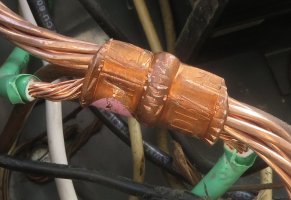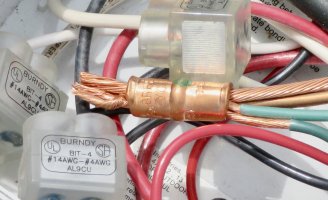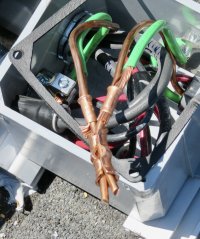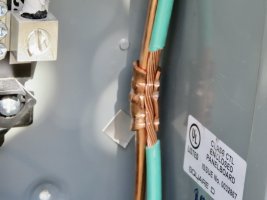jar546
CBO
Which one of these is the violation you see most often?
- Incorrect Wiring Connections: This includes connections made outside of junction boxes, improperly joined wires, or wires not capped with wire nuts.
- Overcrowded Boxes: Electrical boxes can become overcrowded with too many wires, which can cause wires to become damaged and pose a fire risk.
- Inadequate Electrical Service: New homes filled with modern appliances and systems may require more power than the electrical service can deliver.
- Mismatched Breakers and Wire Sizes: For example, a 20-amp breaker should not be used with 14-gauge wire, which is meant for a 15-amp circuit.
- Absence of GFCI (Ground Fault Circuit Interrupter): GFCIs are required in areas where water is present, such as bathrooms, kitchens, garages, and outdoor locations. Not having GFCI protection in these areas is a common violation.
- Absence of AFCI (Arc Fault Circuit Interrupter): AFCIs are intended to prevent fires by recognizing when an electrical arc is about to occur and disconnecting the power before it does. They are often required in bedrooms and other living areas.
- Improperly Secured Cables: Electrical cables that aren't properly secured can be a hazard.
- Improper Outdoor Wiring: Outdoor electrical installations require specific considerations for safety, such as the use of weatherproof boxes and covers.
- Wrong Type of Outlet or Switch in Wet Locations: Wet and damp locations often require special types of outlets and switches that can resist moisture.
- Lack of Proper Grounding: Every electrical system needs to be grounded to ensure safety.




